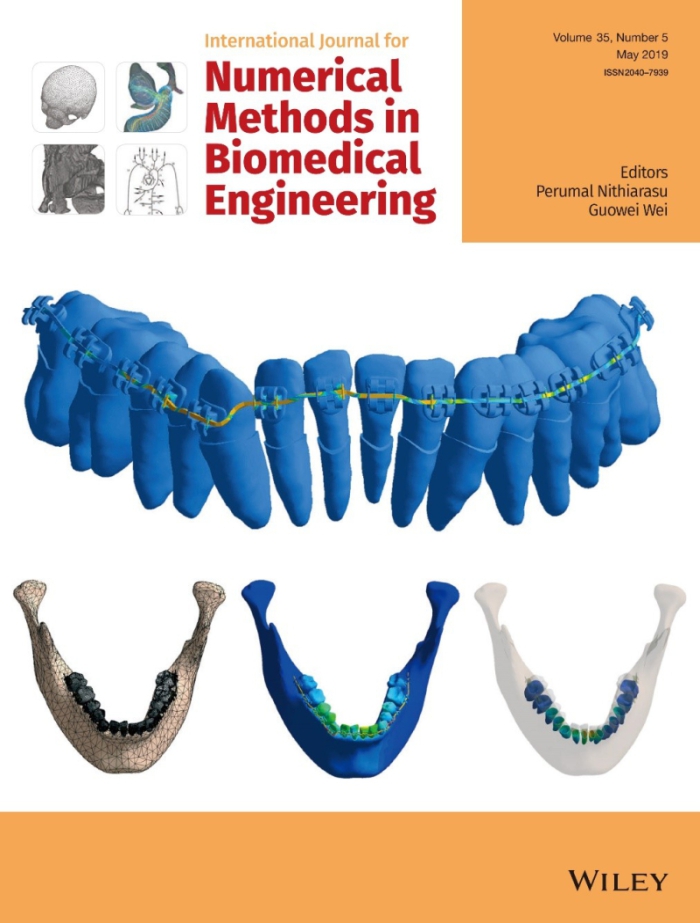An Approach to Simulating Orthodontic Force of Archwire Applied to Full Dentition
Date:28-05-2019 | 【Print】 【close】
In the orthodontic treatment process, teeth are moved by the orthodontic force provided by appliances installed on the dentition. The orthodontic force would determine the movement pattern and speed of the process, thus directly affect the outcome of the orthodontic treatment. Therefore, the estimation of orthodontic force after appliance loading is of the great importance for treatment planning, appliance design and optimization, and treatment prediction.
In previous studies, the orthodontic forces of a specific magnitude and direction are directly applied on teeth, and the simulation of the orthodontic force of appliances applied to a full dentition was not involved.
A research team led by Prof. XIA Zeyang at the Shenzhen Institutes of Advanced Technology (SIAT), Chinese Academy of Sciences developed a method for orthodontic force simulation of archwire applied to the full dentition during the orthodontic treatment.
In their method, the Tooth-PDL-Bone Complex (TPBC) model, along with the brackets and archwire were constructed. The loading of the orthodontic appliance was simulated, and the generated orthodontic force after the appliance loading was calculated. The orthodontic force provided by loaded appliance was measured in vitro using an orthodontic force tester device to validate the simulation method. The measured results are consistent with the simulation results which indicated the developed method is reliable and effective in this work.
“In orthodontic treatment, the individual difference affects the treatment outcomes. Accurate simulation and prediction of orthodontic force during the treatment is very important for optimizing the orthodontic treatment plan as well as avoiding side effects.” Prof. Xia said. “Therefore, we developed the approach to simulating orthodontic force of archwire applied to full dentition during the orthodontic treatment. Through the method, both the activation of the appliance and the orthodontic force produced by the appliance can be simulated, and the produced force may change as the teeth move and arch shape changes during treatment. These results will provide evidence-based assistance to the orthodontists, thus promote evidence-based orthodontic treatment in the clinics.”
This work is published as the cover paper in May 2019 issue of the International Journal for Numerical Methods in Biomedical Engineering.

Image. Cover image of the May 2019 issue of International Journal for Numerical Methods in Biomedical Engineering (Image by Prof. XIA Zeyang)
CONTACT:
ZHANG Xiaomin
Email: xm.zhang@siat.ac.cn
Tel: 86-755-86585299